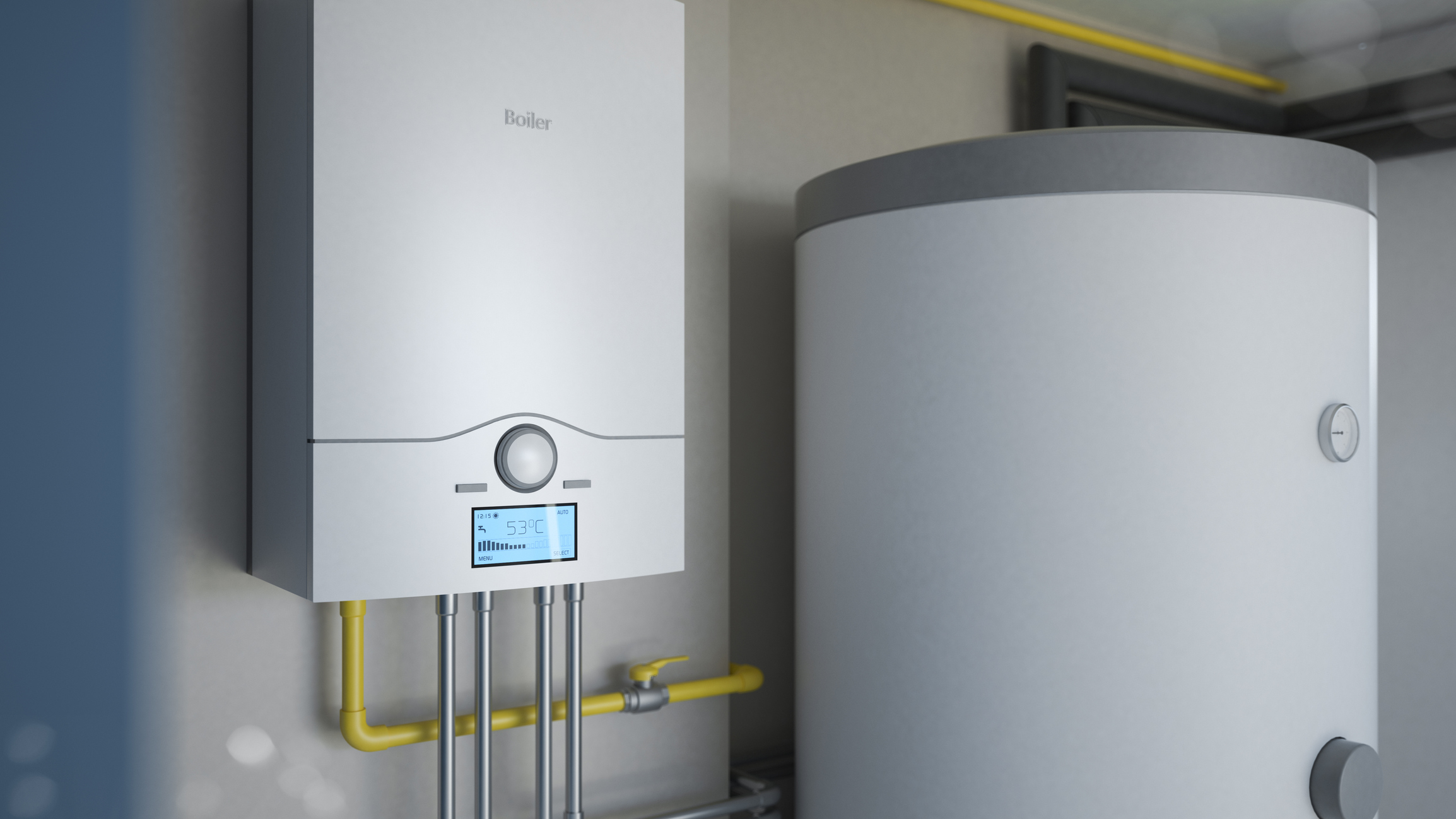Specialist Guidance for Maintaining Your Home's Hot Water SystemEasy Guide to Maintaining Your Home's Hot Water System
Specialist Guidance for Maintaining Your Home's Hot Water SystemEasy Guide to Maintaining Your Home's Hot Water System
Blog Article
How do you feel on the subject of What Kind of Maintenance Do Water Heaters Need??

Warm water is important for day-to-day comfort, whether it's for a revitalizing shower or washing recipes. To ensure your hot water system runs efficiently and lasts longer, normal upkeep is crucial. This article supplies practical suggestions and understandings on exactly how to preserve your home's warm water system to prevent disturbances and expensive fixings.
Introduction
Keeping your home's hot water system could appear overwhelming, yet with a few basic actions, you can ensure it operates efficiently for several years to come. This guide covers whatever from recognizing your warm water system to DIY maintenance suggestions and understanding when to call expert assistance.
Relevance of Preserving Your Warm Water System
Regular maintenance not only prolongs the life expectancy of your warm water system however additionally ensures it operates effectively. Disregarding maintenance can cause lowered efficiency, higher power costs, and even premature failing of the system.
Indicators Your Hot Water System Requirements Upkeep
Recognizing when your hot water system needs interest can protect against significant issues. Watch out for indications such as irregular water temperature level, strange noises from the heating unit, or rustic water.
Recognizing Your Hot Water System
Before diving into upkeep jobs, it's handy to understand the basic elements of your warm water system. Commonly, this consists of the hot water heater itself, pipes, anode rods, and temperature controls.
Regular Monthly Upkeep Tasks
Regular regular monthly checks can assist capture small concerns prior to they rise.
Purging the Water Heater
Flushing your water heater removes debris build-up, enhancing effectiveness and extending its life.
Checking and Replacing Anode Rods
Anode poles protect against deterioration inside the tank. Inspecting and changing them when broken is critical.
Evaluating and Changing Temperature Level Setups
Changing the temperature level settings guarantees ideal performance and safety.
DIY Tips for Maintenance
You can carry out several maintenance tasks on your own to maintain your warm water system in leading condition.
Checking for Leaks
Routinely evaluate pipelines and links for leaks, as these can result in water damage and higher costs.
Checking Pressure Alleviation Valves
Checking the stress safety valve ensures it operates properly and prevents extreme pressure build-up.
Protecting Pipelines
Protecting hot water pipelines decreases warm loss and can conserve energy.
When to Call a Specialist
While DIY upkeep is helpful, some concerns need professional experience.
Facility Issues Calling For Professional Aid
Examples consist of major leaks, electric problems, or if your water heater is continually underperforming.
Routine Specialist Maintenance Conveniences
Professional maintenance can consist of extensive inspections, tune-ups, and guaranteeing conformity with safety requirements.
Conclusion
Routine upkeep of your home's hot water system is essential for efficiency, durability, and expense savings. By following these pointers and recognizing when to look for expert help, you can guarantee a trustworthy supply of warm water without unexpected interruptions.
How to Maintain an Instant Hot Water Heater
Before tinkering with your hot water heater, make sure that it’s not powered on. You also have to turn off the main circuit breaker and shut off the main gas line to prevent accidents. Also turn off the water valves connected to your unit to prevent water from flowing into and out of the appliance. 2. When you’re done, you have to detach the purge valves’ caps. These look like the letter “T” and are situated on either side of the water valves. Doing so will release any pressure that has accumulated inside the valves while at the same time avoid hot water from shooting out and burning your skin. 3. When the purge valves’ caps are removed, you have to connect your hosing lines to the valves. Your unit should have come with three hoses but if it didn’t, you can purchase these things from any hardware or home repair shops. You can also get them from retail stores that sell water heating systems. Read the user’s manual and follow it to complete this task properly. When the hosing lines are connected, open the purge port’s valves. 4. You should never use harsh chemical cleaners or solutions when cleaning your unit. Make use of white vinegar instead. It should be undiluted and you’ll probably use about 2 gallons. 5. Now flush your water heater. This task should probably take about 40 minutes. We can’t give you specific directions for this because the procedure is carried out depending on the type, model and brand of your heater. With that being said, refer to the user’s manual. 6. When you’re done draining the unit, you have to turn off the purge port valves again. Remove the hosing lines that you earlier installed on each of the water valves. Put the valve caps (purge port) back in their respective places and be very careful so as not to damage the rubber discs that are found inside these caps. 7. Now that everything’s back in place, check your user’s manual again to find out how to reactivate your water heating system. 8. Once it is working, turn one of your hot water faucets on just to let air pass through the heater’s water supply pipes. Leave the tap on until water flows smoothly out of it. https://www.orrplumbing.com/blog/2014/september/how-to-maintain-an-instant-hot-water-heater/

I'm certainly very focused on What Kind of Maintenance Do Water Heaters Need? and I'm hoping you enjoyed the new piece. Liked our entry? Please quickly share it. Let someone else find it. I recognize the value of your readership.
Make An Appointment Report this page